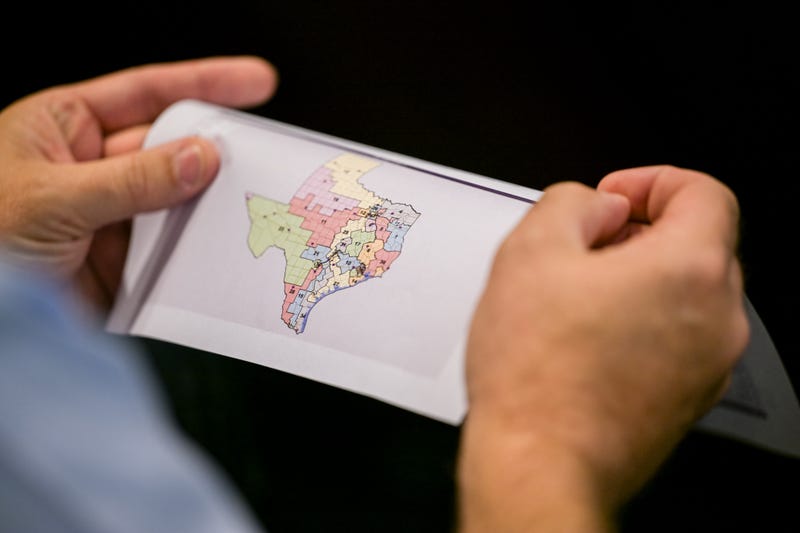
Texas House Republicans have approved a new congressional map that analysts say could create up to five additional GOP-leaning seats for the 2026 midterms, moving the bill to the Senate with Gov. Greg Abbott signaling support.
The vote came after weeks of turmoil that saw House Democrats flee the state to break quorum, then return under tight rules and police monitoring to ensure a final vote could happen.
How we got here
The House passed the plan on an 88-52 party-line vote after Democrats’ walkout delayed the first special session and forced Abbott to immediately launch a second one focused on redistricting and other priorities.
Democrats argue the mid-decade map dilutes minority voting power and will be challenged in court, while Republicans say it complies with the law and recent Supreme Court rulings that allow partisan line-drawing.
Inside the Capitol: escorts, protests and arrests
After returning to Austin, most Democratic members signed paperwork agreeing to be shadowed by state troopers until the vote; some publicly chafed at the tactic, calling it intimidation. Rep. Nicole Collier refused to sign, spent the night on the House floor, and supporters rallying outside after hours were arrested for criminal trespass as the building closed.
Abbott expands the special session agenda
Minutes after the House approved the map, Abbott broadened the special session call to include penalties for lawmakers who willfully break quorum, over-the-counter access to ivermectin, and a state study of East Texas aquifers.
The governor says the goal is to prevent future walkouts and to push through additional priorities before the clock runs out.
What’s next
The congressional map now heads to the GOP-controlled Senate, where swift passage is expected before it lands on Abbott’s desk.
Multiple lawsuits are likely to follow, with plaintiffs expected to target alleged Voting Rights Act violations and claims of racial gerrymandering.
The outcome will shape Texas’ role in the fight for control of the U.S. House in 2026 and could redraw the political calculus in North Texas districts.
KRLD will continue to track key votes, court filings, and how the new lines could affect Dallas–Fort Worth representation at the Capitol and in Washington.
LISTEN on the Audacy App
Tell your Smart Speaker to "PLAY 1080 KRLD"
Sign Up to receive our KRLD Insider Newsletter for more news
Follow us on Facebook | Twitter | Instagram | YouTube
